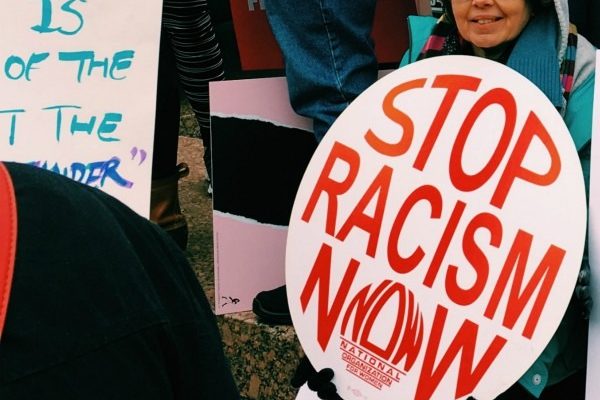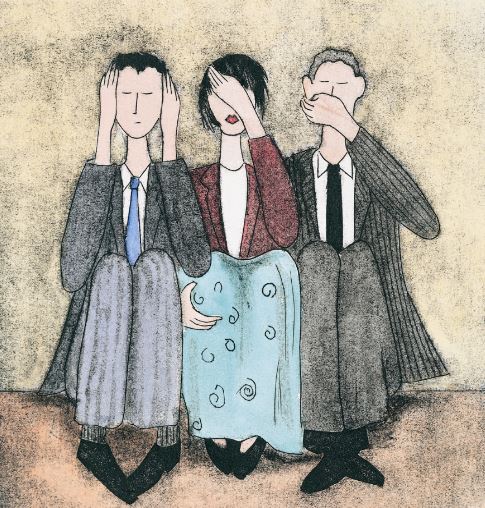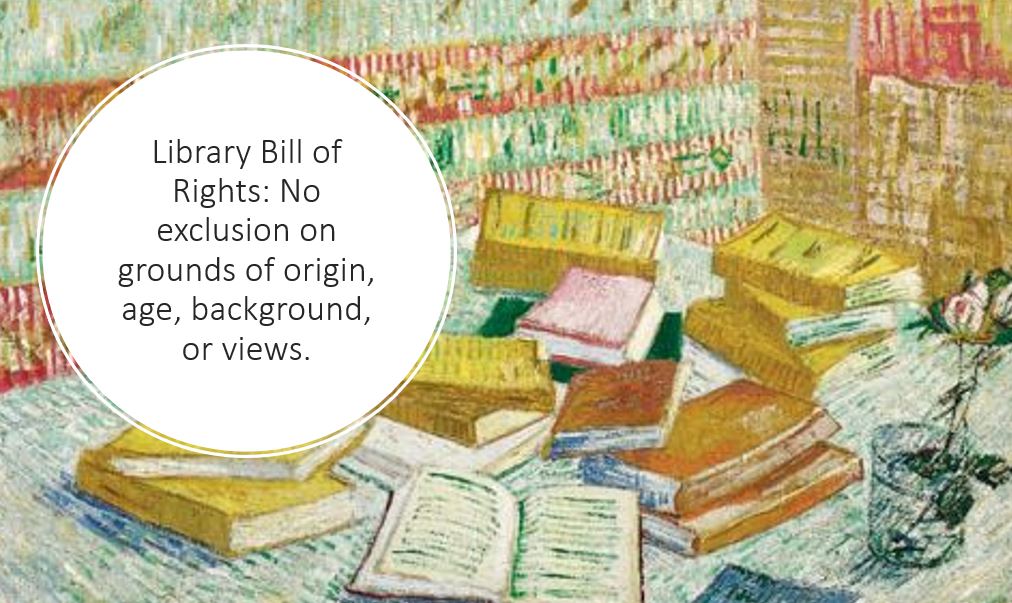Learn about the benefits of constructing a multi-year internship from a MLIS student's perspective.

Theory in practice II: Moving from systemic racism to anti-racism in Ontario public libraries
In this three-part series, Amber Matthews unpacks the backlash against anti-racism dialogue and makes the case that those of us who work in the library sector need to think deeply about institutional biases.
In Part I, Amber addressed the media response to conversations about white privilege that happened during Super Conference 2020. In Part II, she discusses the need to explicitly acknowledge deeply embedded racist thinking in order to move towards systemic change in public libraries.
Part II: Addressing systemic racism
Do the best you can until you know better. Then when you know better, do better.
Maya Angelou
In his groundbreaking 2019 work, How to be an Antiracist, Ibram X. Kendi argues that the guiding question for organizations is quite simple:
Does the work, policy, or action account for different races and then work to redress unequal institutional power relationships, or does it ignore or deny a historical imbalance and thereby further contribute to systemic racism?
Simply, there are no shades of grey: Either our work is explicitly anti-racist or it supports and further entrenches systemic racism. In professional practice, this racism often shows up in the form of implicit biases, which many library workers and administrators don’t realize or appreciate they have, about individuals and groups of people. Implicit biases include the ideas we have about racialized groups, Indigenous communities, and other marginalized people and what they need or want from the library. Old ideas and narratives about how we think these groups should be represented, and the kinds of books, materials, and services that we offer for and about these groups.
Today, there is a reluctance to acknowledge when we have acted or thought in a way that may be construed as racist. Certainly, there can be consequences to these admissions for individuals and organizations. That said, we cannot address a problem that we deny exists. We must be explicitly clear that race and systemic racism directly affects people’s lives and our institutions.

As a correlative, we must lay to rest the idea that there can be neutral policies and ideas. For those holding privilege, the idea of race neutrality seems fair and balanced. Yet we overlook that race is a key determinant of health, well-being, education, and life outcomes. Our failure to acknowledge and respond to a central facet of people’s lives is a disservice at best and a powerful act of racism at worst. The work that we do affects people and groups differently, and this fact is expressly true in the case of marginalized groups that are at the highest risk of being underserved and negatively impacted by our attempts to remain neutral in an unjust world. Although race is a biologically baseless signifier of difference, racism is real and we must respond appropriately to it if we are to be relevant and impactful to communities that face the consequences of racism daily.
For those with privilege and who are in positions of power, conversations about racial equity can seem like opening Pandora’s box or sowing further divisions. But we must also recognize that racial inequity will not go away if we ignore that it is there. To that end, we have seen in recent years, through truth and reconciliation processes, that commitments and acknowledgements themselves are not the end of the road. They are the start of a journey in which we make good on promises to serve communities, by taking steps to centre the experiences of those we have overlooked. This journey towards racial justice requires a steadfast commitment to listen to—and to hear—the feedback provided and to choose to see the opportunities presented to learn about, reflect on, and grow our organizations to be more inclusive and reflective of the communities served.
In librarianship, systemic racism thrives, in part through our attachment to ideas of neutrality and colour-blindness. The reality is that our communities are racially, ethnically, and linguistically diverse and they have changed—and continue to change and grow. This fact is not to suggest that we should aim to be all things to all people. It is to say that we must let go of the idea that we have been or ever will be neutral. Our collections, services, and workforce reflect a kind of cultural normativity that has been dominant in our institutions since our libraries’ inceptions. This fact doesn’t make our institutions bad or unsalvageable; it means that we have work to do if they are to better reflect communities today.

Despite the protests of Toronto Sun reporter Sue-Ann Levy and others, the commitment to community and to equity of access is not a distinct change. Rather, it is reflective of the core values that the profession wants (or at least states that it wants) to enshrine and protect. It is also a long-standing commitment. In fact, the 1939 Library Bill of Rights emphatically states:
Books and other library resources should be provided for the interest, information, and enlightenment of all people of the community the library serves. Materials should not be excluded because of the origin, age, background, or views of those contributing to their creation.
Library work ought to be guided by the community that it serves—all of the community. Many librarians in the field note that library work predominantly caters to and reflects only the white community. Thus, it is incumbent on public libraries as institutions of public service to consider and correct biases to adopt an inclusive mindset that is reflective of and responsive to communities.
Amber Matthews is a Library and Information Science (LIS) doctoral student at Western University and holds a master’s degree in LIS. Her research examines systemic racism in public libraries and its impacts on racialized youth in Canada.


